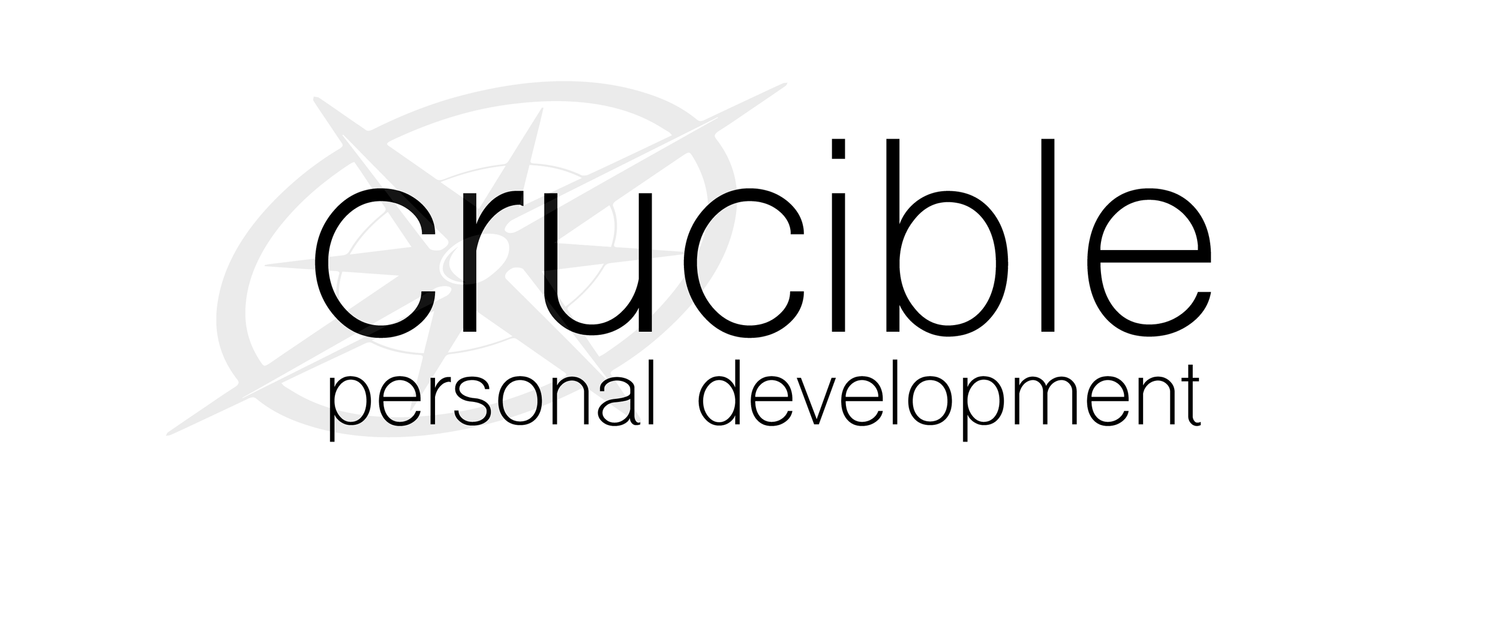Understanding Self-Harm: Forms, Causes, and Healthier Alternatives
Self-harm, also known as self-injury or self-mutilation, is a complex and often misunderstood behaviour that involves inflicting pain or damage to one’s own body. It's essential to recognize that self-harm is not typically an attempt at suicide but a coping mechanism for dealing with intense emotions or situations.
Different Forms of Self-Harm
Self-harm can manifest in various ways, and it’s crucial to understand these to provide appropriate support and interventions. Common forms include:
1. Cutting: Using sharp objects like razors, knives, or broken glass to make cuts on the skin.
2. Burning: Using heat sources such as matches, lighters, or cigarettes to burn the skin.
3. Scratching: Repeatedly scratching or picking at the skin, often to the point of bleeding.
4. Bruising: Punching oneself or banging body parts against hard surfaces.
5. Hair Pulling (Trichotillomania): Repeatedly pulling out hair from the scalp, eyebrows, or other parts of the body.
6. Interfering with Wound Healing: Intentionally preventing wounds from healing or reopening old wounds.
Reasons Why People Self-Harm
The reasons behind self-harm are multifaceted and deeply personal. Understanding these reasons is vital for developing effective interventions. Common motivations include:
1. Emotional Regulation: Many individuals use self-harm to manage overwhelming emotions, such as anger, sadness, or frustration. The physical pain can serve as a distraction from emotional pain.
2. Sense of Control: For some, self-harm is a way to exert control over their bodies when they feel powerless in other areas of life.
3. Expression of Feelings: When people struggle to verbalize their emotions, self-harm can be a non-verbal way to express inner turmoil.
4. Self-Punishment: Feelings of guilt or self-loathing can drive individuals to harm themselves as a form of punishment.
5. Seeking Attention or Help: Although not common, some individuals may self-harm as a way to signal their need for help or attention.
Healthier Coping Mechanisms for Distress
While self-harm might provide temporary relief, it can lead to serious physical and emotional consequences. Developing healthier coping mechanisms is crucial. Here are five proven and evidence-based alternatives:
1. Mindfulness and Meditation: Practices like mindfulness and meditation help individuals stay present and manage distressing thoughts and emotions. Techniques such as deep breathing, progressive muscle relaxation, and guided imagery can be particularly effective.
2. Physical Activity: Engaging in physical activities like running, dancing, or yoga can serve as a powerful outlet for stress and negative emotions. Exercise releases endorphins, which improve mood and reduce pain perception.
3. Creative Expression: Channelling emotions through art, music, writing, or other creative endeavours can provide a safe and constructive way to process feelings. Keeping a journal or creating art can help externalize and understand inner experiences.
4. Social Support: Connecting with friends, family, or support groups can provide emotional support and a sense of belonging. Talking to someone who understands can alleviate feelings of isolation and help process difficult emotions.
5. Professional Help: Working with a qualified mental health professional can provide tailored strategies and interventions. Cognitive-behavioural therapy (CBT), dialectical behaviour therapy (DBT), and other therapeutic approaches can equip individuals with the skills to manage distress without resorting to self-harm.
Working with a Qualified Counsellor or Psychotherapist
If you or someone you know is struggling with self-harm, seeking professional help is a crucial step towards recovery. A qualified counsellor or psychotherapist can provide a safe, non-judgmental space to explore the underlying causes of self-harm and develop healthier coping mechanisms. Therapy can offer personalized strategies to deal with emotional distress, build resilience, and foster a sense of self-worth.
In conclusion, while self-harm is a challenging behaviour rooted in complex emotional struggles, understanding its forms and underlying causes can pave the way for effective intervention. By adopting healthier coping mechanisms and working with a professional, individuals can learn to manage distress in ways that promote overall well-being and healing. Remember, reaching out for help is a sign of strength, and there is support available for those who seek it.
Crucible Personal Development is a private psychotherapy and counselling practice in Preston, Lancashire.
